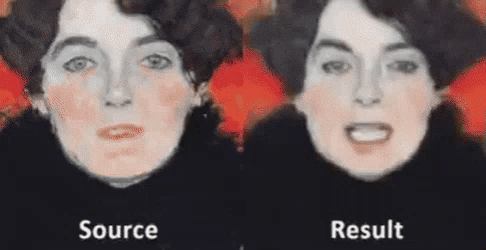
Technology is on a progressive path to let us fake just about anything. Photoshopped faces, Instagram filters, fake friends and fakes news which is often very difficult to distinguish from the real thing. Like most things tech enables, fake isn’t new – it just scales better than ever.
The internet has a very long memory. In our digital lives, nothing we do ever really disappears. There is no ‘delete’ button. The truth is we’re all wading through a mountain of digital debris which has tracked our lives for the past decade or so. The problem with this debris, however, is that it can be used to build different versions of events. It can retell the story of what we said and what we did in ways which seem indisputable to the human eye.
In an era of Deep Fakes, the last forms of provable truths evaporate right in front of our eyes – video so realistic we can’t tell whether the global leader actually said that at a news conference or whether that celebrity really did make a porn movie. The scariest part? It’s all possible via open source software where a few random pictures and a voice sample can be concocted to create such fakes. This could be life-changing for the victims. They’re already for sale right here for a few hundred dollars. We can even take a single image and make semi-plausible video today as shown in the gif above! Imagine how even more advanced this technology will be in a year or so.
Weirdly, there is some good news. As deep fake videos become so easy to make and so ubiquitous in our digital world, we’ll start to distrust everything we see online. When this happens, what we’ll be only be left with is what happened when we were in the room ourselves. Or we’ll just have to ask the person what actually happened and what was actually said. We will be swimming so deep in fake everything in the coming years that the truth will again morph into something irrevocably human. No digital copy or version of anything will suffice. Analogue truth might just make a comeback.
Even so, that too might also be temporary. The world as we know it moves in technological tides, so the next iteration of deeper fakes will be truly mind-blowing.
Let’s consider something a little crazy. What happens when we can make robots that are indistinguishable from humans? Robots with soft-exo bodies, natural sounding voices and smooth movements. Once that becomes possible – and it will – it’s only a matter of time before we have a world in which fake humans leave the screen and enter the street. Then we’ll have to ask ourselves some weird questions like:
Did Steve really come to work today or did he send his robot proxy?
Was the nice girl I met at the event and exchanged numbers with real or humanoid?
Was the Olympic runner who won the 100m dash real or a lab-built improved replica of the human runner?
It’s only just beginning.
– – –
Check out the Latest ep. of 👉 Now-Soon-Later by Future Sandwich. Don’t forget to subscribe for 4 minutes of video goodness every week to give you boardroom worthy soundbites 🙏
